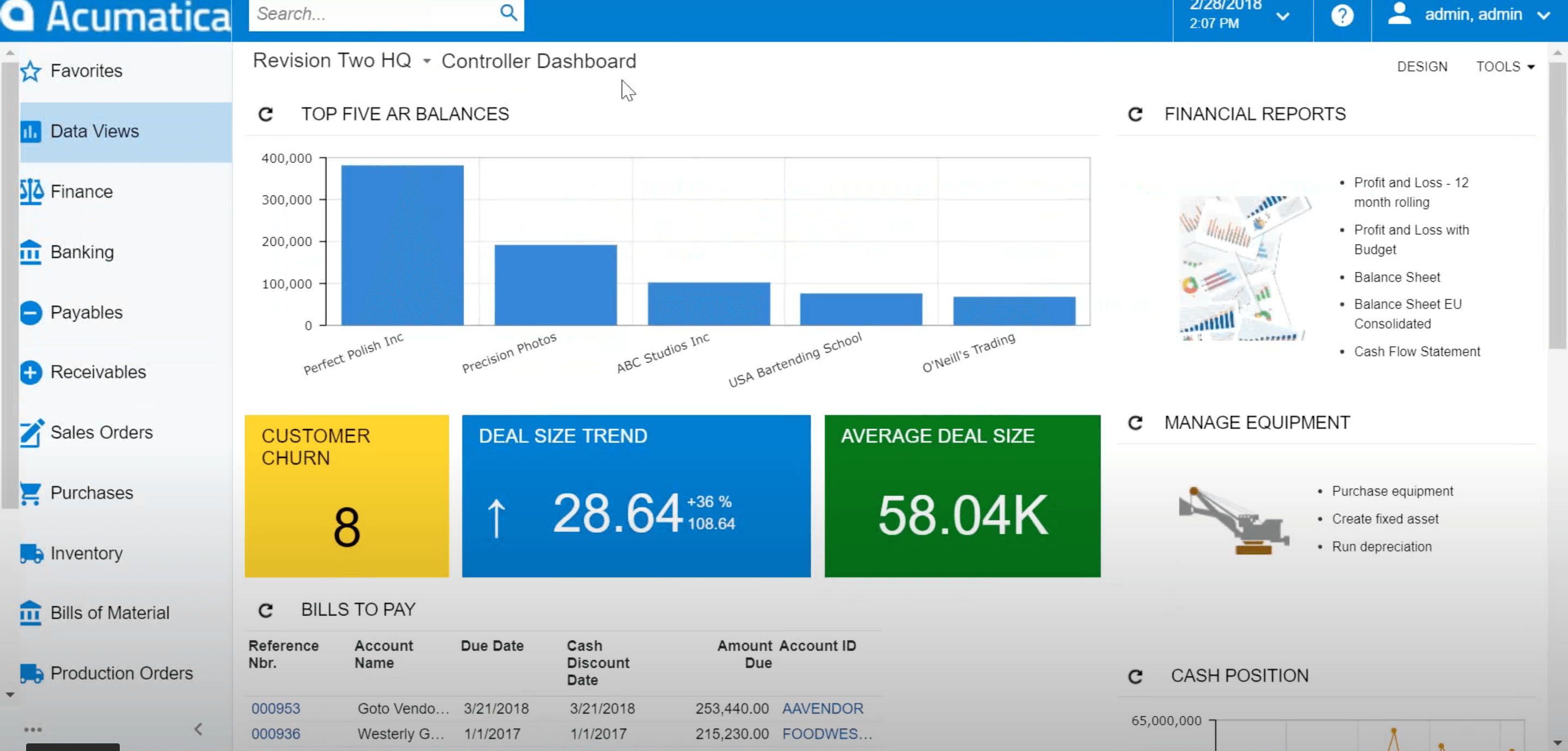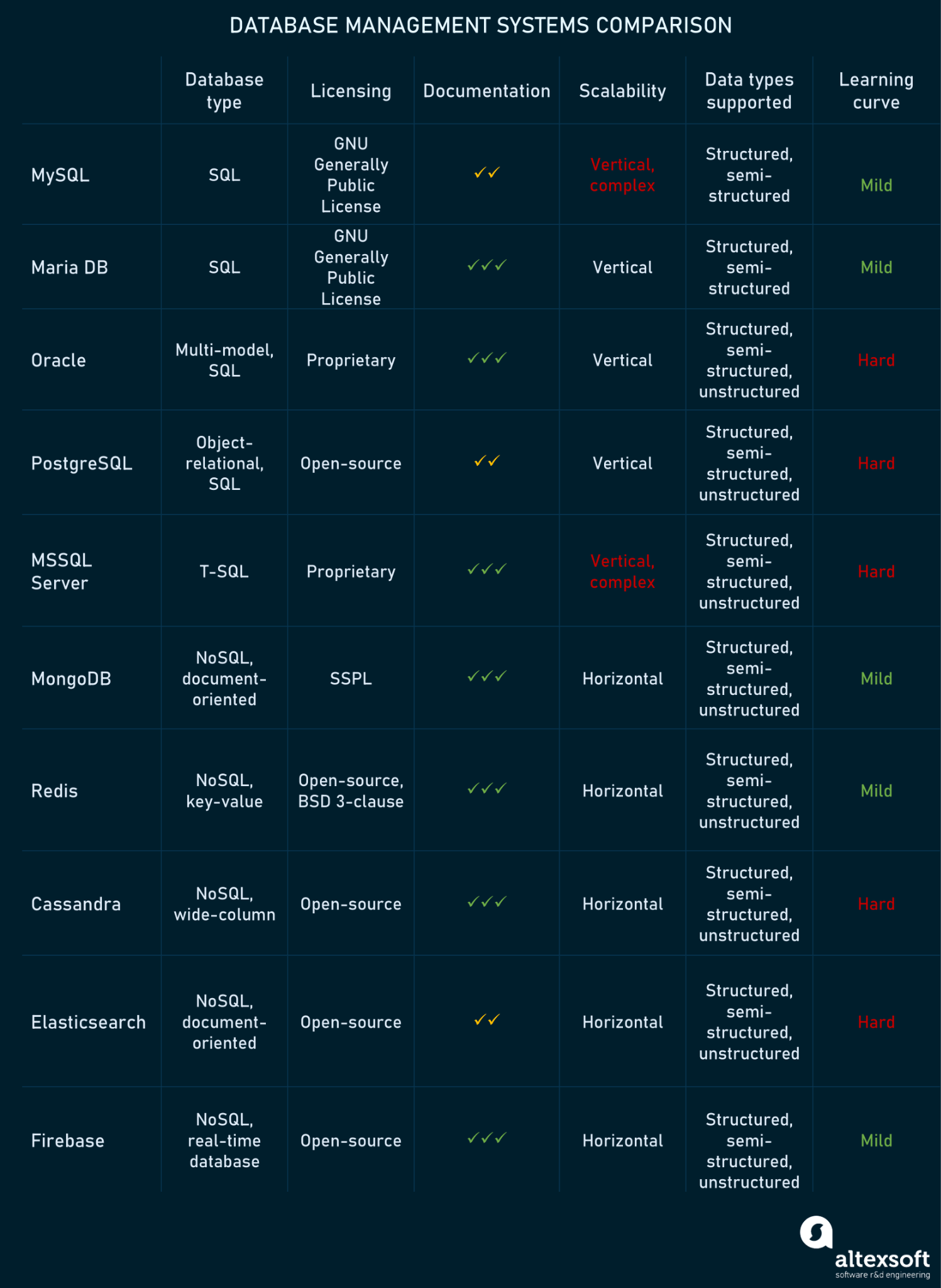


This is another reason to switch to a database software, but you should also look into security options that different tools have to offer. Security -According to a Clutch survey, 64% of IT professionals consider cloud more secure than legacy systems.Storage -How big is your database? The size of cloud storage you get is different for each pricing plan, so ensure that you provide enough space for your organization if you’re dealing with big data.Some of the solutions on this list require basic programming knowledge for users to perform advanced customization. No-Code/Low-Code -If you plan to use the software in teams outside your IT department, make sure you pick a simple database software tool.A steep learning curve can discourage team members from using a certain tool. Intuitive UI -There is no point in purchasing a software for collaboration if your team finds it too complicated to use.Consider the flexibility of each tool-can you organize your database the way you want to? Flexibility -The main thing to look for when deciding which database software to get is how well you can adjust it to your business processes.Here are 8 things to consider when comparing different tools:

Since there is such a large selection of database software, it is important to know what to look for when making a decision. This is why we have compiled a list of 20 online database tools that are worth checking out.īut first, let’s dive into the most important things to consider when choosing a database software.

You’ve likely noticed that dozens of tools are out there-from free software to expensive enterprise solutions. The fact that you’re reading this means that you’ve probably experienced some of these issues and are looking for the best software to fix them. Once this happens, it might be time to consider moving your database online. Whether you’re a three-person marketing agency keeping track of leads in Google Spreadsheets, an enterprise storing thousands of data rows in Excel, or you fall anywhere in between-data management can get messy.Īnd as your database starts growing, you quickly learn the constraints of a basic spreadsheet: unresponsiveness, insane loading time, formatting hiccups that create hard to spot formula errors, and above all-the rigidity of trying to fit different types and layers of data into an X by Y table.


 0 kommentar(er)
0 kommentar(er)
